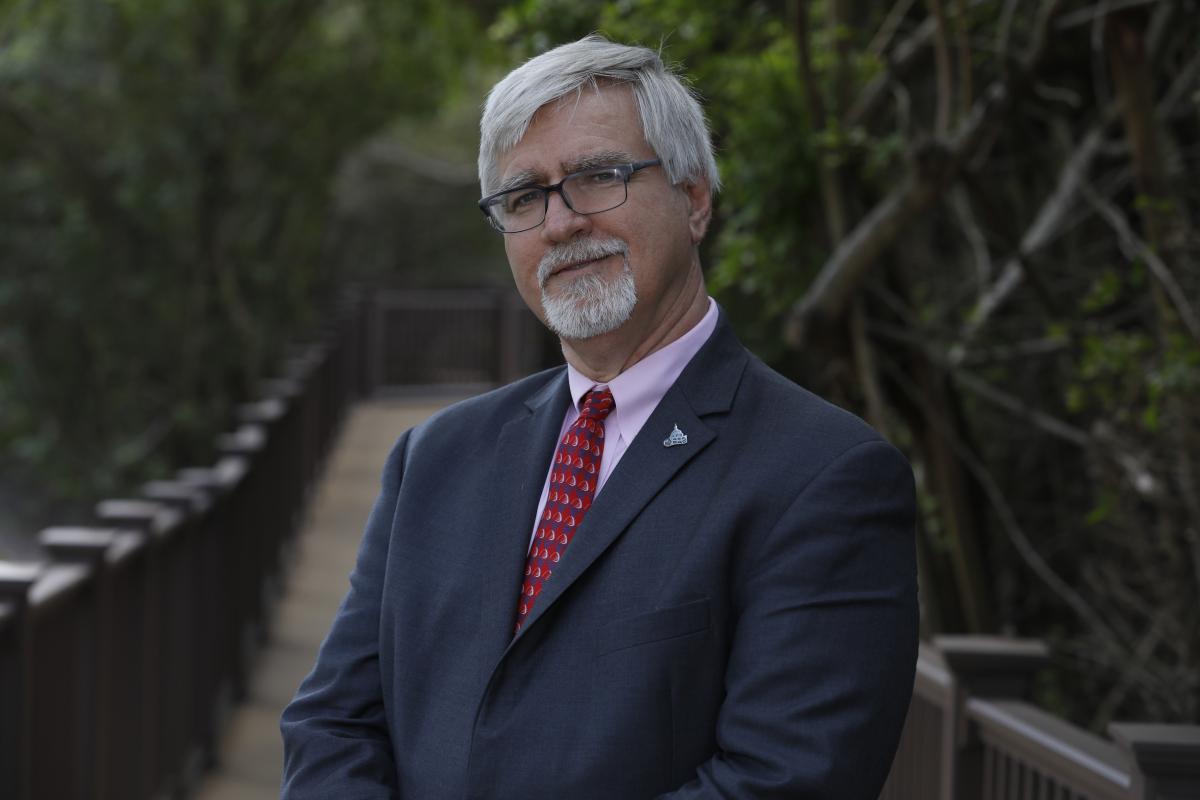 With all the buzz about cryptocurrency—well, I’m sure it will come as no surprise that somebody wants to bring it into 401(k)s.
With all the buzz about cryptocurrency—well, I’m sure it will come as no surprise that somebody wants to bring it into 401(k)s.
More specifically, last week ForUsAll, a retirement investment platform for small businesses, announced the introduction of the Alt 401(k)—a platform that not only allows employers to provide alternative investment options within 401(k) plans, it has linked up with cryptocurrency platform Coinbase Institutional to offer cryptocurrency as the plan’s first alternative investment.
Now, I will confess to a certain skepticism about such “innovations” when it comes to 401(k) investors.[i] In an industry that has long—and for good reason—cheered innovations like automatic enrollment and target-date funds as efficient means to help workers make prudent, rational decisions about retirement saving (that many don’t, or won’t, make on their own)—well giving them the opportunity to “dabble” in the wild world of cryptocurrency investing with their retirement savings seems—well, “cray cray.”
This particular platform does impose some boundaries—basically it puts that option in a self-directed brokerage account (SDBA), and employees are allowed to transfer only (up to) 5% of their balances into that “secure account that has exposure to certain cryptocurrencies” where they can “buy, hold, and sell over 50 different cryptocurrencies.” Oh, and we’re assured that “employees will get ongoing portfolio monitoring and education,” though how—or if—that’s different from the customary messages isn’t clear.[ii] They will apparently receive some kind of warning notices when/if their holdings exceed more than that 5% threshold.
As it turns out this “innovation” is being touted as a way to level the playing field for retail investors with the options routinely available to larger investors—including pensions and endowments. And, particularly in an era where the investing headlines seem dominated by the impact of so-called “meme” stocks, there’s certainly concern that the average investor is being held back from the opportunity to make the big money.
In fact, it’s said that this type ofoption—particularly in view of the recent flurry of interest in cryptocurrencies—might stimulate employee interest in the plan and retirement saving, particularly by younger savers. Indeed, one current client of the ForUsAll platform quoted in a recent WSJ article hopes his 14 workers will boost their current rate of savings in response to the option, once available.
Indeed the arguments in support of allowing a more “exotic” investment—or at least one outside the regular plan investment lineup—as part of a self-directed brokerage structure approach are hardly new. Here, as in other SDBAs, the option is “walled off,” with limits imposed on how much, and some stricture as to the “who” via the education and disclosures—and probably additional fees paid by those who elect to take advantage of the option. That won’t guarantee missteps, of course—but, as noted above, at least there are guardrails.
SDBAs do exist in some significant numbers, of course—the Plan Sponsor Council of America’s 63rd Annual Survey of Profit-Sharing and 401(k) Plans finds that roughly a quarter (23.2%) of all plans offer those options, and nearly 40% of those with more than 5,000 participants do. That said, their utilization is notoriously limited—just 1.5% of plan assets are invested in SDBAs, according to the PSCA survey. Such options are typically positioned as an accommodation to certain specific participants who have the interest (though arguably not always the acumen) to pursue a wider range of investment alternatives with their retirement savings—often supported, if not encouraged, by an investment advisor outside of the plan.
There are, however, some risks associated with those accounts—and not just to the individuals who utilize them. Back in 2014, the DOL’s Employee Benefit Security Administration asked for information regarding the use of SDBAs—ostensibly with an eye toward offering a perspective, if not guidance—but nothing since. On the other hand, and while there have been few court cases directly on point,[iii] plans that have them available have sometimes been accorded a certain judicial “deference” with regard to the remainder of their menus, ostensibly since participants who wanted different options could find them via the SDBA.[iv]
Of course, the decision to have, keep and operate an SDBA is a plan decision subject to ERISA’s fiduciary rules, which means it is to be done with a solitary focus on the best interests of plan participants and their beneficiaries. That said, and with all the inherent risks and disclosures, presumptively even the addition of an investment as volatile and ill-understood as cryptocurrency could pass that test.
But—and as with all such decisions—choosing to do so should be subjected to a test, and one whose application is carefully and thoroughly documented—for at some point in the not-too-distant future, it is almost certain to be challenged.
[i] Apparently I’m not alone, at least on this particular choice. See Reader Poll: Bullish & Bearish on Bitcoin.
[ii] Though in an interview with the Wall Street Journal, it’s noted that participants must first acknowledge having read disclosures explaining cryptocurrency is a volatile asset.
[iii] A recent analysis of a court case by Groom Law notes that “the court devoted seven pages of its opinion to the question of whether the “general duty under ERISA continuously to monitor investments and remove those that are imprudent” also applies to brokerage windows. But the court did not provide an answer. Instead, the court concluded that “there is significant lack of clarity regarding the duties a fiduciary owes with regard to the funds within a brokerage window,” and held that a definitive resolution of the question was unnecessary because Fidelity’s offering of hundreds of its own funds could not be treated as the “equivalent” of brokerage window (in part because only Fidelity’s own proprietary funds were offered).

